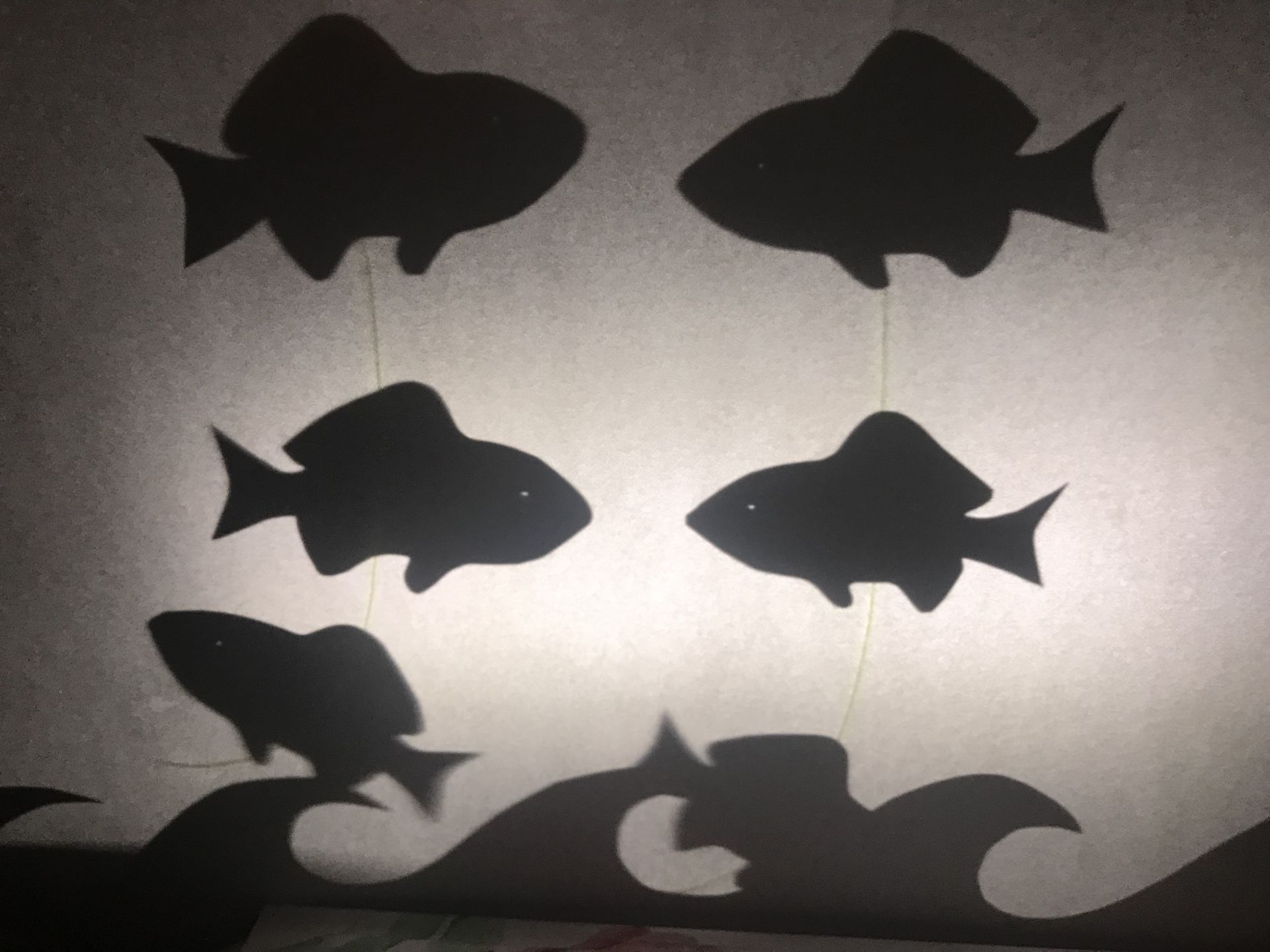Puppets

Written By Janice and Michelle
Step back into childhood for just a moment and try to recall a time when you were free to create to your own play, acting out and organising roles and responsibilities.
These times, unhindered by time constraints, allowed for free thinking.
The use of imaginative thought provocations transformed simple everyday items into repurposed and refashioned play materials.
Dolls, teddy bears, cars and trucks were all crucial in these open-ended learning moments.
Characters were formed, names given and for just one moment a secret wish allowed these special friends to come to life.
Bring your mind back to the present day.
Each day when we consider children’s well-being and development, intentional practice ensures that learning areas exist for children to experience time for free imaginative play and creative thought.
One way that we do this is through the inclusion of puppets.
Often when we think of puppets, our mind settles on a hand puppet that you you fit your hand inside and move to bring to life.
Other thoughts settle on your traditional finger puppets, often used when singing a song or chanting a rhyme.
Puppets can be much more than your simple hand and finger types.
Puppets can be made from any items, including household items like spoons or tongs, or even old clothing.
A repurposed sock can become a worm, snake, caterpillar or have features added to become a dog, cat or rabbit.
With the addition of facial features like eyes, nose and mouth an item will become a new friend.
Developmental Benefits of Puppet Play
Children connect with puppets, feeling safe to share their thoughts, feelings, ideas and even their concerns.
Puppets become a safe, trusted space where children can give and receive a cuddle. They make the perfect comfort for a friend who is feeling sad.
Puppets can be used to promote language skills, offering children the chance to share reciprocal and respectful communication patterns. Effective listening can be used during the exchange of verbal and non-verbal interactions. Children learn to stop and wait for their turn before offering their response.
Problem solving is simplified when a puppet is used to assist children to seek solutions to everyday issues.
Puppets can offer a word of encouragement during a challenging time, assisting children to build their emotional resilience and learn the process of self-regulation.
What Materials Could Be Used?
Natural Puppets could be made from repurposed leaves, sticks, gum nuts, seed pods, flowers, shells, pieces of bark.
Shadow Puppets can be created using card stock, paper, patty cases, wool, string, pieces of fabric. Add a torch and turn out the lights to allow your puppet shadows to come to life.
Pipe cleaners or chenille sticks can be bent and reformed into a variety of shapes to create insects, animals and habitats.
String can be added to your puppet to allow movement like a marionette. This can be a fun way to make your puppet walk about.
Boxes, cups, cardboard cylinders and plates can change shape to create farm animals from tiny squeaking mice to galloping horses.
Here’s a song to sing while pretending to be a puppet…
Punchinello
(This is a circle game. Select 1 child to be in the middle to be Punchinello then sing the first verse)
What can you do Punchinello funny fellow
What can you do Punchinello funny you
(The child who is being Punchinello chooses an action e.g clapping hands, nodding their head or stamping their feet. The children in the circle copy this action while singing the following verse)
We’ll do it too, Punchinello funny fellow
We’ll do it too, Punchinello funny you.
Repeat this rhyme while each child has a turn to be Punchinello
Sometimes reconnecting with the magic within our own childhood allows us to discover and form a deeper appreciation for the simple treasures that enriched our days of play.
Featured links
Get in touch
-
Email: admin@janicerocca.com
-
0499 445 565 Janice
0412 083 015 Michelle

